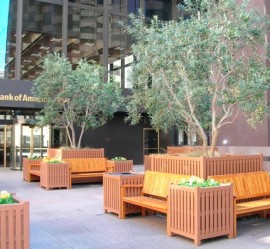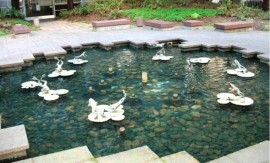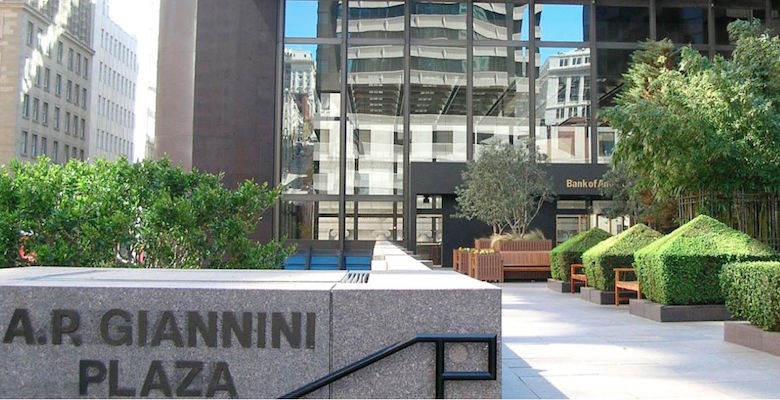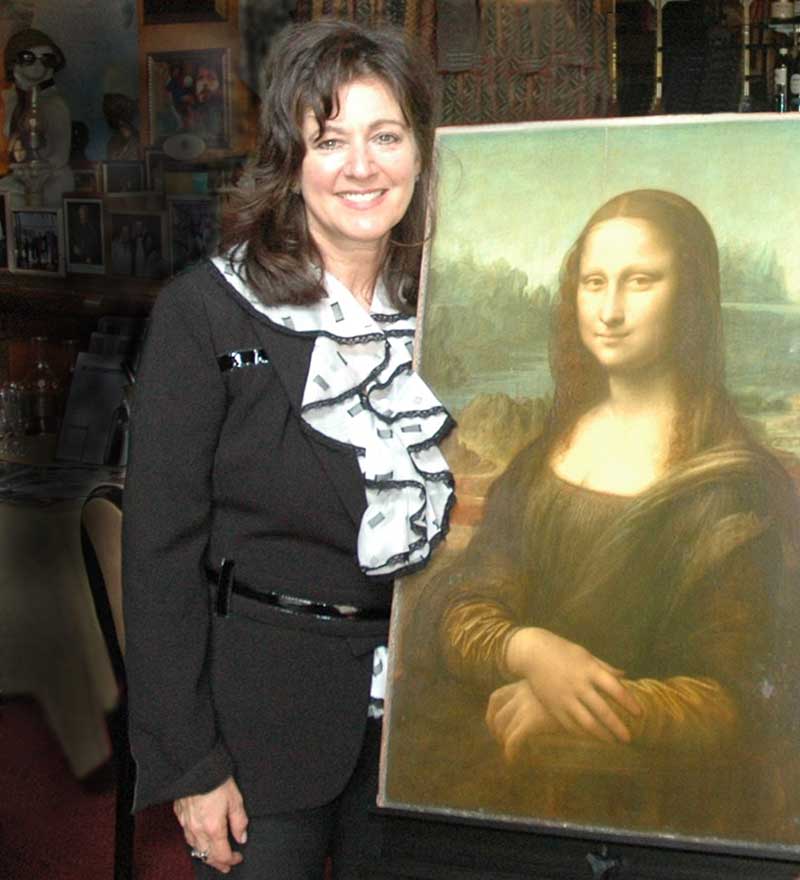The words piazza and plaza have the same Greek origin (although some scholars insist the origin is Latin), with plaza being the Spanish adaption and piazza the Italian one.
Let’s opt for Italian for the purposes of this article!
When one thinks of the world’s most cherished outdoor spaces, one probably thinks of Italy’s grand piazzas. Have you ever wished you could be magically transported there? With a little imagination you can with San Francisco’s POPOS. Call them whatever you like, the official definition of a POPOS is a Privately Owned Public Open Space and they are prevalent in downtown San Francisco.

Traditional piazzas are defined as an open public place, especially those found in Italian towns, surrounded by buildings and often the center of outdoor activities. The piazza has played a vital role and has been a significant part of Italian cities going back to medieval time. New or old, piazzas have always been a place of contemplation, rest and rejuvenation, a place for gathering together and a place to ponder the meaning of Life. So, could POPOS be a new “urban” word for piazza?
San Francisco’s urban piazzas are scattered both north and south of Market Street, with a total of 68, which range in size and style from rooftop decks to the cherished Redwood Park at the base of the Transamerica Pyramid. Urban open spaces like these are the pride and joy of large cities and in San Francisco, a city where over 250,000 people converge on a daily basis, they are an urban oasis that take the form of mini-parks, gardens and walkways. They are much sought after places where we can sit, relax, eat, read or meet with friends.
San Francisco’s first POPOS were established when developers were encouraged to make space available outside of the building for public use. This type of mitigation measure gave developers the possibility of building taller, bigger buildings or canceling out certain construction restrictions. In other words, the earliest of the privately owned public spaces were created through incentive plans to encourage the development of more open space in San Francisco’s downtown area.

The first San Francisco POPOS dates back to 1959 and is located at One Bush Street. It is described as “A beautifully designed and maintained urban garden surrounding the first postwar high-rise building — a ‘tower in a park.’ It features river rocks embedded in concrete, inlaid with a striking design of bands of grey slate. The plantings consist of cherry, willow and pine trees and evergreen ground cover. The garden lies below street level and resembles a moat.”
Prior to the city’s 1985 Downtown Plan, commercial developers included POPOS in their buildings under three circumstances: voluntarily, in exchange for a density bonus, or as a condition of approval. Since 1985, however, POPOS have been created pursuant to the requirements of the Downtown Plan.
Generally accepted elements of a modern piazza include: A strong enclosure, like being in human-scaled outdoor rooms; wall continuity surrounded by buildings with pedestrian-sized passageways; accessible ground floors acting as open stages, often filled with fountains, monuments and other landscaping elements; people-watching as sport which makes a piazza a piazza, a stage where there is spontaneous human activity.
San Francisco’s POPOS differ greatly in design from the awe-inspiring majestic Redwood Park at the base of the Transamerica Pyramid building to the landscaped pedestrian walkway of the Embarcadero Center to rooftop sun decks and terraces, such as the one at 150 California Street. The two POPOS I chose to highlight here are Redwood Park and 555 California Street.
Redwood Park is located near the intersection of Montgomery and Clay Streets. Built in 1972, it is nestled at the base of the iconic Transamerica Pyramid. Surrounded by Redwood trees and ferns, the fountain pond, with sculptures of frogs on lily pads, is absolutely delightful. There are grassy areas and wooden benches with take-out food services nearby.
The POPOS at 555 California Street is stunning. It is located in the A.P. Giannini Plaza which sits at the base of the towering Bank of America building, now referred to as the 555 California Street building. The seating area is quite elegant and brilliantly landscaped. Leave it to an Italian immigrant to establish one of the largest banks in the world when he founded the Bank of Italy, which eventually became the Bank of America, and later the Transamerica Corporation.
Actually, to tie this up nicely, since one POPOS is at the base of the Transamerica building and the other one is at the base of the Bank of America building, we could say they are both the result of A.P. Giannini’s extraordinary business acumen as one of San Francisco’s most important Italian Americans.
A guide to San Francisco’s POPOS, including a detailed listing, photographs and a map can be found at https://www.spur.org/sites/default/files/migrated/anchors/popos-guide.pdf.
For Italians and Italian lovers, there is actually the possibility a new piazza might be coming to the North Beach District of San Francisco’s Little Italy. It’s called Piazza SF. This piazza has been “under consideration” for several years now but new reports seem to indicate funding might be a problem.
Read more about Piazza SF in a future article by Catherine Accardi. Catherine is a San Francisco historian and author of “San Francisco’s North Beach & Telegraph Hill”.






























